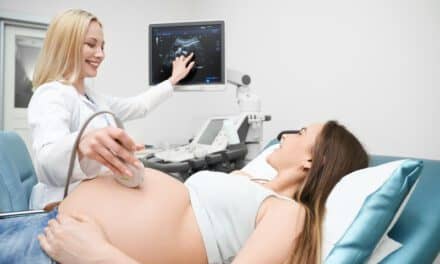 The ability of volumetric breast imaging data to reduce subjectivity in density assessment was the focus of 10 abstracts included in the European Congress of Radiology (ECR) meeting, held earlier this month.
The ability of volumetric breast imaging data to reduce subjectivity in density assessment was the focus of 10 abstracts included in the European Congress of Radiology (ECR) meeting, held earlier this month.
Eight posters and two session presentations highlighted the use of Volpara Solutions’ automated breast density and quantitative breast imaging software tools to provide insight into the impact of quantitative breast density on mammographic sensitivity, utilize volumetric density to improve breast cancer risk prediction, and monitor the impact of compression and breast thickness on image quality and dose.
For example, in “Effect of volumetric mammographic density on performance of a breast cancer screening program using full-field digital mammography,” researchers from UMC Ultrecht and Nijmegen in the Netherlands examined the extent to which mammographic density affects screening performance. Study authors analyzed nearly 70,000 mammographic studies, with screening performance stratified according to volumetric breast density software. They found that the interval cancer rate increased as breast density increased, which also resulted in a decrease in sensitivity as density increased, ranging from 85% (BI-RADS 1) to 58.6% (BI-RADS 4) of cancers being detected by mammography. Furthermore, the number of false-positives was also higher with increasing breast density, ranging from 11.4% (BI-RADS 1) to 28.6% (BI-RADS 4).
“In addition to stressing the volumetric nature of breast density, the new BIRADS 5th edition focused heavily on the correlation between breast density and mammography sensitivity,” said Ralph Highnam, PhD, CEO and chief scientist of Volpara Solutions. “This study not only demonstrates that screening performance was significantly lower for women with denser breasts, it is one of the first large-scale studies to evaluate an automated breast density tool to sensitivity, clearly demonstrating that VolparaDensity is highly correlated to mammography sensitivity.”
In another study, “Impact of quantitative breast density on experienced radiologists’ assessment of mammographic breast density,” Kathy Schilling, MD, of Boca Raton Regional Hospital, explored whether use of quantitative breast density software improved the consistency in breast density assessment between radiologists. Authors found that the use of VolparaDensity reduced the variability in the number of women allocated into each density category and significantly improved the inter-observer agreement in radiologists’ assessment of BI-RADS, with a mean kappa statistic of 0.5664 and 0.6266 without or with VolparaDensity, respectively.
VolparaDensity enables radiologists to assess density from both digital mammography and tomosynthesis images, helping doctors evaluate who might benefit from additional screening. It is highly correlated to breast MR assessments and automatically generates an objective measurement of volumetric breast density correlated to the American College of Radiology breast density categories.
Get AXIS e-newsletters free. Subscribe here.





